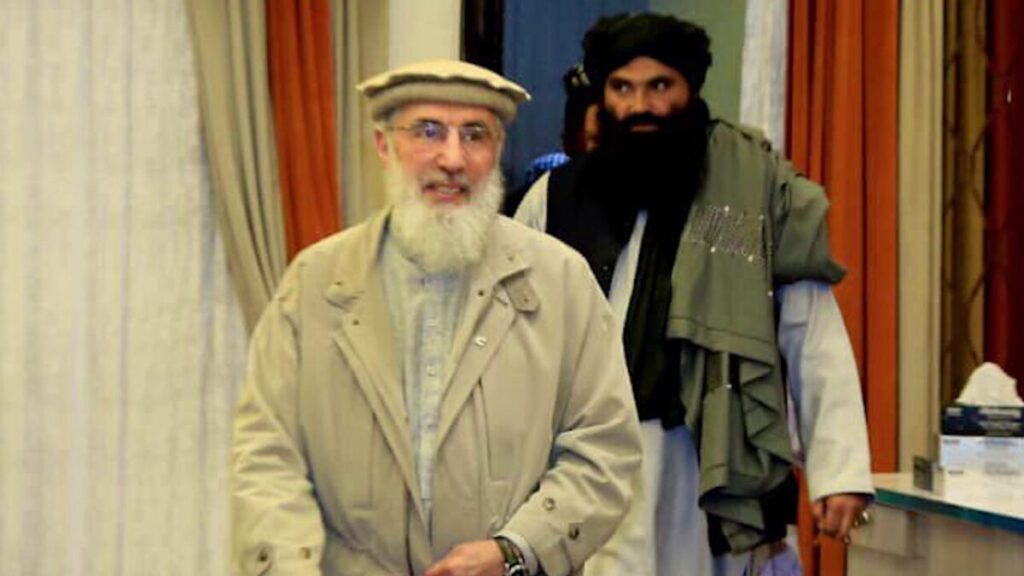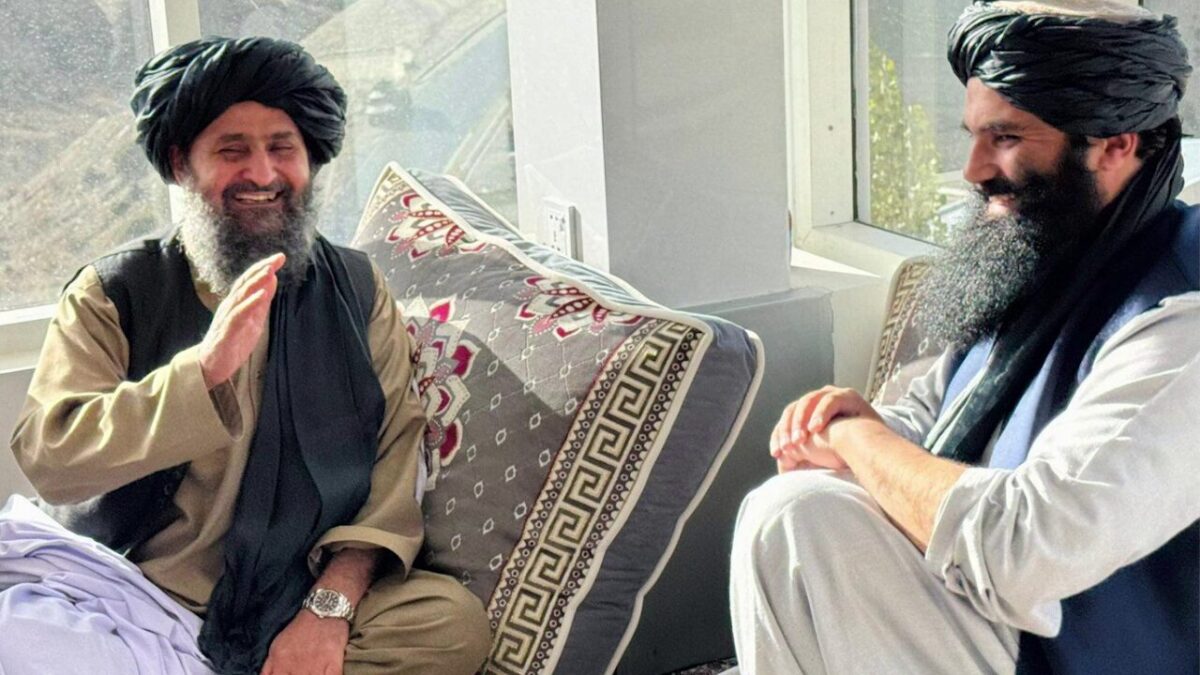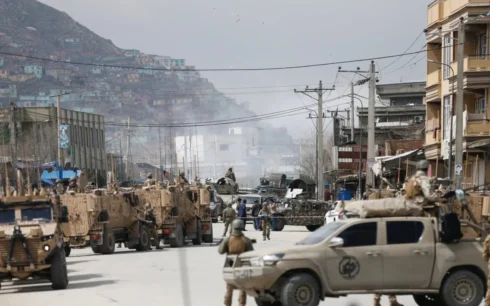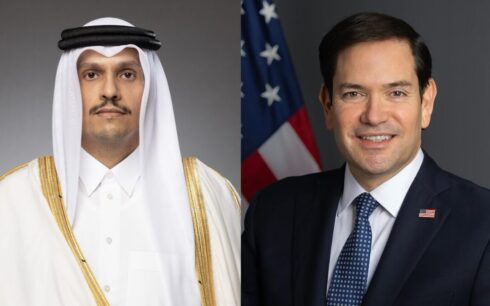KABUL, Afghanistan — The funeral for Khalil Rahman Haqqani, the Taliban’s minister of refugees and a key figure in the Haqqani network, has drawn attention for its opulence, high-profile attendees, and political undertones, raising questions about unity within the Taliban leadership.
Haqqani was killed last Wednesday in a suicide bombing claimed by ISIS-K at the Ministry of Refugees in Kabul. Once on the United Nations sanctions list, he had also been the subject of a $5 million bounty offered by the United States.
The condolence ceremony was held in a newly built, luxurious Haqqani family compound located 30 kilometers from Gardez, the capital of Paktia province. Local sources confirmed to Amoo News that the hilltop mansion in the village of Sarana features modern amenities rarely seen in Afghanistan’s impoverished rural areas.

The ceremony brought together power brokers from two dominant factions within the Taliban—the Haqqani network, based in Paktia, and Kandahar-based leaders aligned with the Taliban’s supreme leadership. Images from the event showed a public display of unity, with senior figures such as Abdul Ghani Baradar, deputy prime minister for economic affairs, making conciliatory remarks.
“There is enough love and friendship among our leaders,” Baradar said during the ceremony. “Do not listen to rumors or let them trouble your mind. May Allah strengthen and sustain this system.”
Observers suggest the gathering was intended to project a united front amid growing speculation of divisions within the Taliban leadership. However, the ostentatious display of wealth and the visible presence of armed Taliban guards at the event have sparked further scrutiny of internal dynamics and security concerns.

The funeral also saw the participation of Gulbuddin Hekmatyar, leader of the Hizb-e-Islami party, who reportedly has had a strained relationship with the Kandahar faction of the Taliban. Sources said Hekmatyar’s office in Kabul’s Darul Aman area was forcibly shut down by Kandahar-aligned Taliban forces.
Despite these tensions, Hekmatyar attended the ceremony, where he was warmly greeted by Sirajuddin Haqqani, the Taliban’s interior minister and head of the Haqqani network. The Hizb-e-Islami’s media wing shared images emphasizing the decades-long ties between the Haqqanis and Hekmatyar’s party.
The funeral also attracted attention for the public appearance of Khalid Hanafi, the Taliban’s acting minister for the promotion of virtue and prevention of vice. Known for enforcing the Taliban’s strict prohibition on images of living beings, Hanafi had avoided being photographed since the enforcement of the policy in September. Yet, he appeared in multiple images from the event, prompting criticism for breaking his own ministry’s guidelines.
The presence of heavily armed Taliban fighters at the funeral underscored rising security concerns following Haqqani’s assassination. Bismillah Taban, a former military officer, said the event revealed deepening distrust within Taliban ranks.
“While they put on a display of unity, fear and mistrust are growing within the factions, especially after Khalil Haqqani’s death,” Taban said. “The insecurity and suspicion were evident throughout the funeral.”
A powerful figure lost
Haqqani was a prominent figure in the Taliban, described by sources as a close advisor and right-hand man to Sirajuddin Haqqani. His death represents a significant loss for the network, and while ISIS-K claimed responsibility for the attack, Sirajuddin Haqqani appeared unconvinced.
Speaking at his brother’s burial, he said, “I do not know who carried out this attack.”
The assassination of such a high-ranking figure has amplified fears of growing instability within the Taliban’s leadership, further complicating their grip on power as it faces both internal rifts and external threats.





